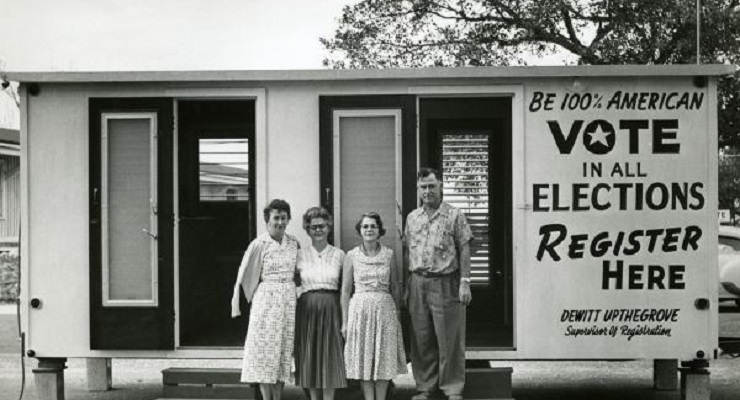
The GOP has been the star performer when it comes to realigning districts to serve the party. Here is an excerpt from a recent post by Washington Post:
Democrats would need to flip 24 seats to retake the U.S. House in 2018. But at least two-thirds of that tally may be permanently out of reach, thanks to a dirty geographical trick played by Republican lawmakers in 2010. That’s according to a new Brennan Center analysis of gerrymandering — the process lawmakers use to draw legislative districts for their own partisan advantage.
More from the Washington Post article:
Each of Brennan’s three analyses returned more or less the same result: “In the 26 states that account for 85 percent of congressional districts, Republicans derive a net benefit of at least 16-17 congressional seats in the current Congress from partisan bias,” the researchers found.
Most of that bias is concentrated in just seven Republican-controlled states: Michigan, North Carolina and Pennsylvania exhibit the most extreme partisan skew, while bias toward Republicans is also strongly evident in Florida, Ohio, Texas and Virginia.
A roundup of recent key redistricting cases can be found here. Here is the intro first:
Members of the House of Representatives each represent roughly the same number of people. That’s the simple guideline; how it’s accomplished is a more complex process. In this lesson, The Citizen Genius Project walks you through the steps as the 435 seats in the House are drawn into electoral districts by the 50 states.
Leave a Reply